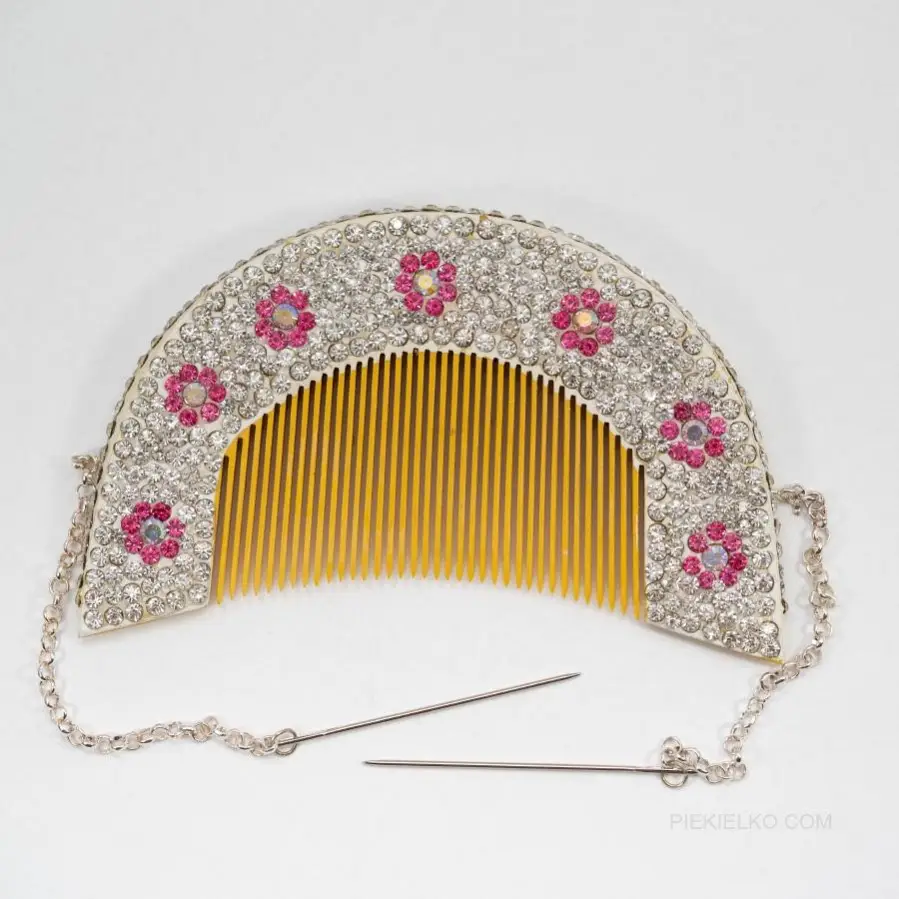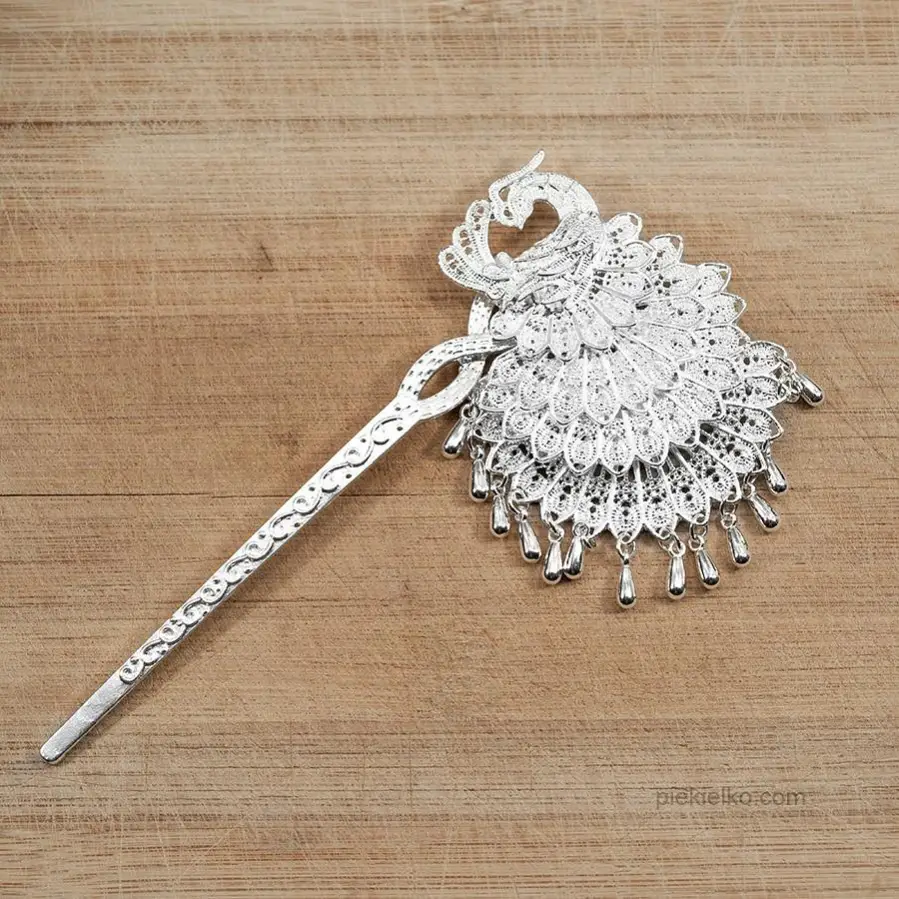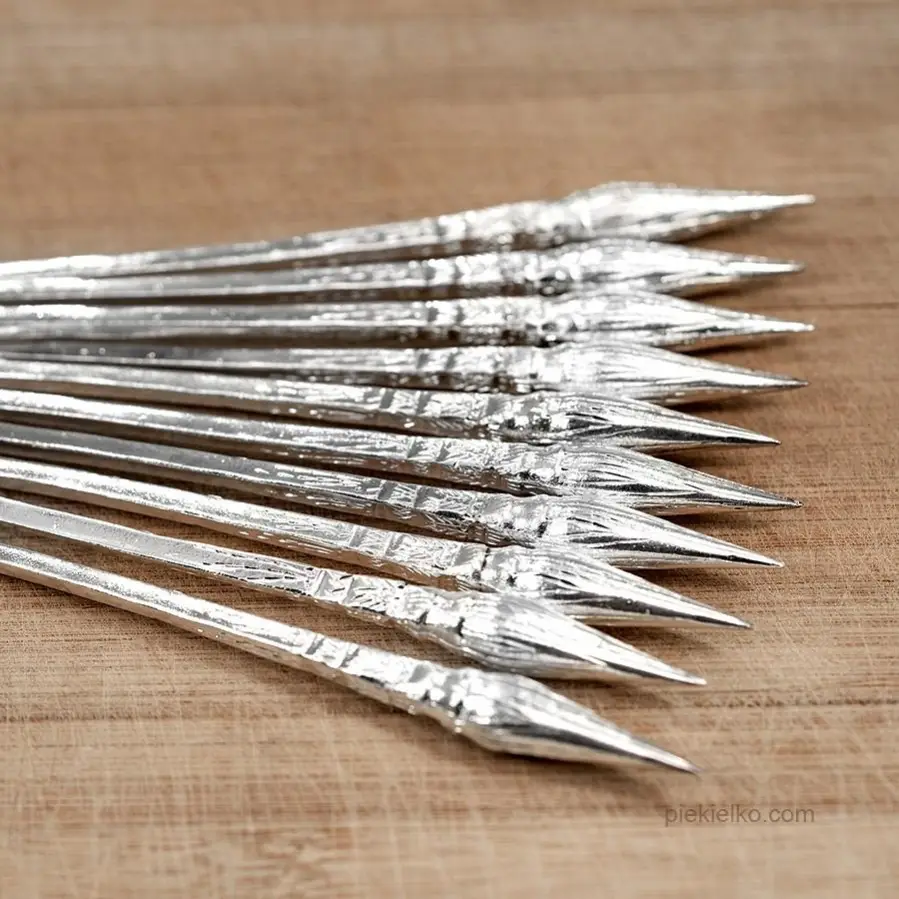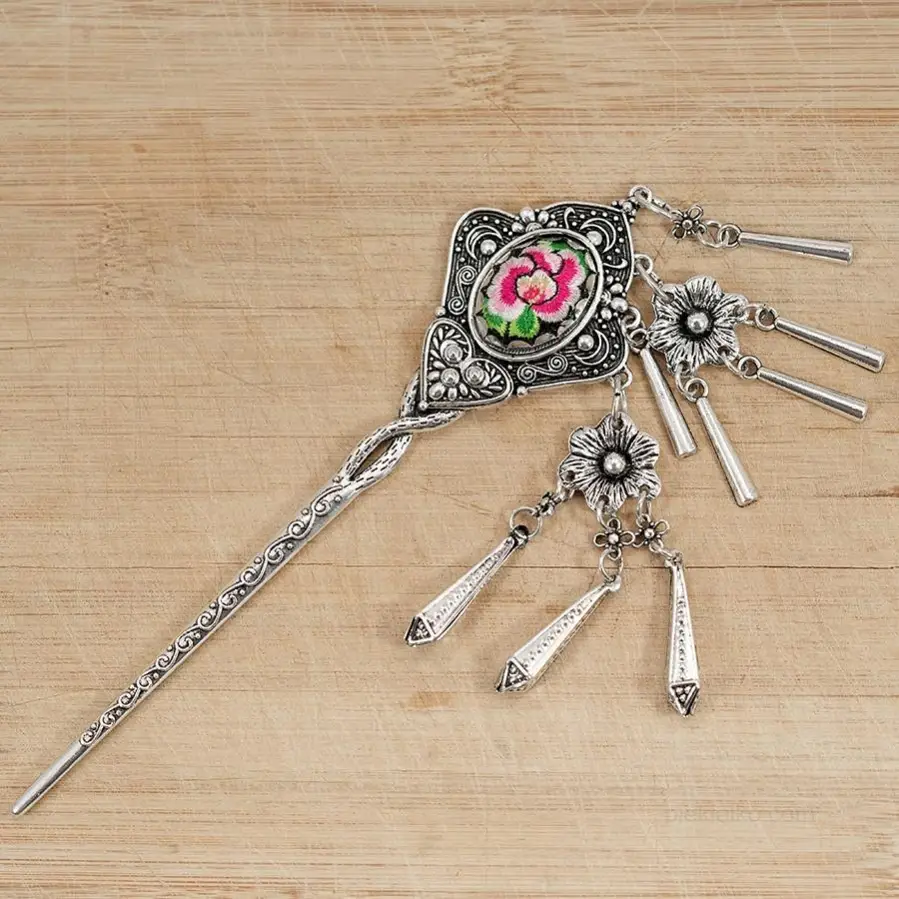Intermediates
Gallantry and accessories
Blog Piekiełka
Long-haired Yao women from China's Huangluo village
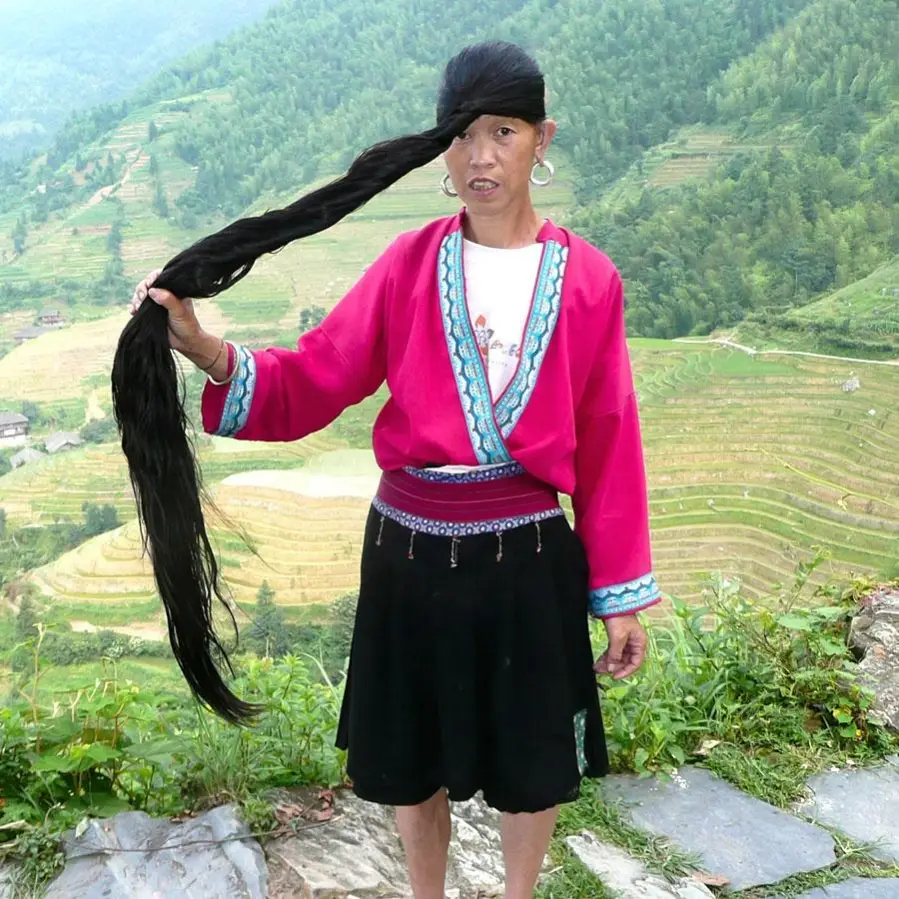
Memory, history, tradition, luck, wealth, prosperity - all these things are bound together, and in the case of the women of the Yao nation, they are literally tied into a single braid of hair. Huangluo villagers believe sacredly in the tradition that wealth, longevity and good fortune can be ensured by none other than stately locks of hair.
Huangluo Village of the Yao Reds
In southeastern China, people have impressively struggled with powerful nature for thousands of years. That's how the famous terraced rice fields and the fabulous hairstyles of the women of the Yao nation in Huangluo village came to be. The village is located in the Guangxi region of Longsheng autonomous county famous for the Dragon's Ridge Rice Terraces - rice paddies on the hillsides built there more than 500 years ago.
Huangluo is one of thirteen villages of the ethnic Yao minority. The history of the Yao, whose ancestor, according to legends, is the five-colored dragon, dates back to the fifth century BC. There are many branches of this nation, one of 56 recognized in China and one of 54 living in Vietnam. The Yao are divided into several groups, which are named after the predominant color of traditional dress to distinguish them. The world-famous Hungluo village is inhabited by the Red Yao. The custom of this people is for all women to wear long hair.
Long hair for Yao women
Hair for a Yao woman is sacred, as if part of her body, part of her soul. The hair of Huangluo women working on the rice terraces would reach past their knees if it could be let loose. Because of their hair reaching two meters in length, their owners even made it into the Guinness Book of World Records.
Why this particular village became famous cannot be properly explained, as it could have been any other in the area. We can assume that the women of Huangluo represent their entire Red Yao nation. In their eyes, long hair plays an extremely important role. They are a symbol of life and wisdom. The longer the hair, the wiser and long-lived the woman is; the greater her happiness and prosperity.
The Red Yao cherish their hair very much, grooming and cleaning it according to secret ways handed down from generation to generation. Their hair is not only exceptionally long, but also raven-black and beautiful. And it's hard to find even one gray hair - they are said to succeed only in their eighties. This is supposedly due to this mysterious traditional method of grooming, which involves, among other things, combing the hair with a wooden comb and washing it with shampoo made from rice water of mountain herbs.
Hair styling and cutting
Yao women treat their hair as a part of themselves and therefore only cut it twice in their lifetime:
- The first time on the 100th day of life as a child.
- The second time at the age of 18, they have to cut the hair they grew as children. The cut hair is not thrown away, but is collected and used to create an artful hairstyle on the head.
An eighteen-year-old girl ceases to be a child and transforms into an adult woman, so the childish hair must be cut off. Thus an offering is made to the gods, and the woman's hair forms a bond with them. The longer they are, the more prosperity, wealth and happiness.
Throughout the centuries, to watch a woman's magnificent hairstyle in its full glory and admired only her husband and children. In summer and autumn, when washing their hair in the river, women scrupulously hid it under a blue towel. There was even a rule that a man (whether local or visitor) who saw a woman's hairdo was obliged to spend three years as a husband in her family. It was only quite recently, at the end of the last century, that this law was fortunately changed and Chinese women can freely display their beautiful black hair.
Hair can also say a lot about a Red Yao woman. Until marriage, all girls in the village pin up their hair and hide it under a red and black scarf. Once married, they remove the headscarf, comb their hair into a garland around their heads and weave in two strands: one from hair cut during the ceremony to confirm adulthood, and the other from hair collected during the combing. A woman married with children wears a special hairstyle - a garland with a bun in the middle, over the face. Everyone sees the hairstyle and can judge whether the woman is married or single, but only the husband is allowed to see the loose hair: such a sight is considered too attractive and intimate to demonstrate to outsiders.
Once a year, on a day determined by the lunar calendar, a hair-cutting ritual takes place in the village square. The local priest Yao begins the ceremony, which signifies that a girl is entering adulthood and can marry. As the mother prepares her daughter's hair, village women sing songs prepared for the occasion. Then the scissors struggle with the strong hair and the hard moment of saying goodbye to the hair of childhood arrives. The cut off strands of hair will be stored by the mother until the wedding day. After that, the woman will weave two strands into her hairstyle: the one stored by her mother from the day of her 18th birthday and the other from the hair that fell out during combing and was carefully collected.
The secret of Yao women's beautiful hair
The fascinating beauty of long, silky, black hair without graying until old age is linked to the local unusual mountainous environment, a centuries-old tradition of nutrition as well as a method of hair care dating back thousands of years. Yao women use neither shampoos nor conditioners - only rice.
Fermented rice water has always been used in the East to wash hair by empresses and village women alike. With rice in abundance, women had no desire or need to change their cosmetic habits, besides that they had virtually no other alternative. Residents of settlements far from cities and isolated by high mountains were very late to encounter hair shampoo or even modern soap. And anyway, since rice water has always given such an attractive appearance to hair, why give up the tried-and-true rice?
A recent study in Japan, where women's hair is similar, found that rice water reduces friction on capillary surfaces and improves elasticity. Hair experts also praise Yao's age-old cosmetic methods, as the slightly bitter rice water is rich in antioxidants, minerals, vitamin E and many other substances that are produced only during rice fermentation.
Yao women's beauty is not only great hair
Beauty standards vary: by the standards of the Yao nation, the signs of a woman's true beauty are, in addition to long hair, a sonorous voice, big feet, wide hips and small hands. Men go out to work on rice terraces for long periods of time, and a really loud voice is needed for the husband to hear his wife's call and come to dinner. Large feet to walk more comfortably in the surrounding mountains; wide hips to bear children and small hands that can deftly handle the embroidery and sewing traditionally done by Yao women.
Red Yao are so named because their costumes are decorated with ornaments in red. They believe that red brings good luck and prosperity. The women sew the clothes themselves: when there is no work in the fields, they sit together and weave, sew and sing songs. It takes three years to cover just one garment with embroidery. They often create patterns on their dresses that refer to the past, telling the story of Yao history. One of the ornaments is the "tiger claw." It is associated with a legend that has been passed down from generation to generation:
Once, long ago, the emperor himself came to the mountains for a hunt. He was captivated by the scenery and went far away from his entourage. Meanwhile, a tiger sneaked up on the emperor and attacked him. There was no one from the service nearby to come to his aid, but in the forest thickets a woman from the Cheven Yao suddenly appeared and shot the predator with her bow. The ruler, wanting to repay her, did not give the woman gold or jade, but made a gift far more valuable. He ripped out the tiger's claw, dipped it in the blood, and left an imprint of the claw on the cloak of his deliverer, like an imprint of a seal. From then on, Red Yao women were not obliged to bow to any emperor.
Yao women rule
Long-haired Yao women certainly cannot be said to be quiet, docile and overly shy. Women and men have equal say in many matters, and mostly it's the women who have a say, while their husbands stand on the sidelines quietly smiling - if you can even recognize which guy is whose husband. This is no exaggeration, as for centuries Yao society had a matriarchal structure, both economically and sexually. According to old customs, women as well as men were allowed to have multiple partners, including after marriage.
The husband moved into the house of his wife's family and in terms of property contributed nothing. Children were given their mother's name. In the event of divorce, the man was left with nothing. Today, some customs have relaxed, it is not possible to speak of matriarchy in the old sense, the name of the child is decided by both parents.
Nevertheless, the power of Yao women can often be felt, even when flirting they are not overly delicate. They are not accustomed to hiding their feelings for men and express their affection openly: they may nudge their hips, and they may even pinch. It happens that a girl who is attracted to a boy bites him hard on the shoulder. Bite scars are an eternal proof of love. Usually love customs are not so drastic: usually if a girl wants to show interest, she just pinches him, and if he reciprocates the feelings - follows her on the foot. The simple message.



© Piekielko.com




